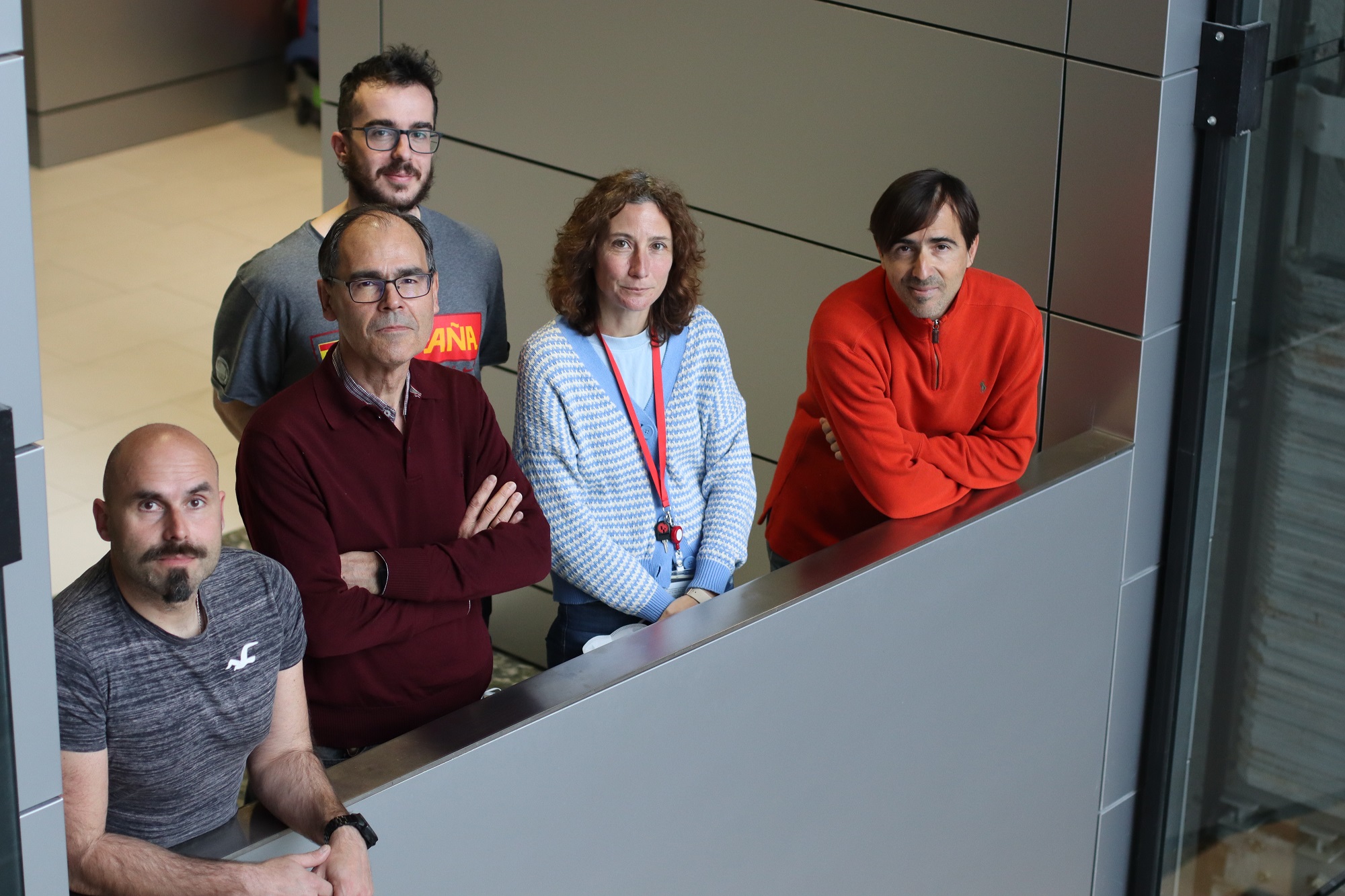eBiomedicine: Spanish scientists discover a new method for the early detection of subclinical atherosclerosis
A study published in the journal eBiomedicine identifies new biomarkers that predict the presence of subclinical atherosclerosis
A study published in the journal eBiomedicine identifies new biomarkers that predict the presence of subclinical atherosclerosis. The study was carried out by scientists from the Spanish cardiovascular research network (CIBERCV ) working at the CNIC and the Instituto de Investigación Sanitaria-Fundación Jiménez Díaz-Universidad Autónoma de Madrid (IIS-FJD-UAM), in partnership with other institutions. “Atherosclerosis is a leading cause of cardiovascular disease, which is one of the major health problems in the world and places an enormous burden on health care systems. It is therefore a major goal to identify the disease in its earliest phases, so that interventions can halt its progression before it reaches an advanced stage,” said study coordinator Jesús Vázquez, lead investigator of the CIBERCV and head of the Cardiovascular Proteomics laboratory at the CNIC.
Early prevention is the best approach to combatting the cardiovascular disease pandemic. Atherosclerosis has a long preclinical phase and is usually diagnosed only at advanced stages, often after a cardiovascular event. The use of noninvasive imaging techniques to detect atherosclerosis allows a more precise stratification of risk than is possible with conventional methods, and current clinical guidelines recommend the use of imaging techniques to assess individual risk in combination with scales based on traditional risk factors, especially in individuals at low-to-moderate risk according to these scales.
Nevertheless, cardiovascular imaging techniques are not universally available, and the extent of atherosclerosis varies substantially between individuals in the same traditional risk category. There is therefore much interest in developing alternative rapid and noninvasive methods to estimate atherosclerosis burden.
Plasma biomarkers that track subclinical atherosclerosis, like the ones described in the eBiomedicine study, provide a way to sidestep the limitations of imaging approaches and to improve the prediction of cardiovascular risk
PESA CNIC-SANTANDER study
The new study is part of the PESA CNIC-SANTANDER study (Progression and Early detection of Subclinical Atherosclerosis), a large-scale project run in partnership between the CNIC and Santander Bank. PESA analyzes the development of atherosclerotic plaques in an asymptomatic population of bank employees who were aged between 40 and 54 years when the study began. The PESA results clearly demonstrate that atherosclerosis is prevalent in the general population, firmly establishing the value of early detection.
In the new study, the research team analyzed a collection of 880 blood plasma samples obtained from PESA study participants. The samples were examined by proteomic techniques with the aim of identifying circulating biomarkers of atherosclerosis in its early, asymptomatic phase.
From an initial panel of candidate biomarkers detected in this analysis, the team selected three proteins for validation in a collection of more than 3000 plasma samples from the ILERVAS cohort. These samples were screened using rapid and widely available techniques through a partnership with The Binding Site andHospital Quirónsalud Madrid.
Summarizing the findings, José Luis Martín Ventura, a CIBERCV scientist at the IIS-FJD-UAM and one of the study coordinators, said “the main contribution of this study is the development of a biomarker panel that can identify the presence of atherosclerosis in healthy, asymptomatic people, including individuals with none of the classical cardiovascular risk factors.”
Study first author and CNIC scientist Estefanía Núñez affirmed that “the biomarkers can be measured in blood samples using standard methods that are widely available in hospitals and clinical analysis laboratories.”
“The CNIC group has broad experience is the use of proteomic techniques for the massive analysis of samples from patients with different cardiovascular conditions, and we have worked for several years with our colleagues at IIS-FJD on the identification and validation of cardiovascular biomarkers,” explained Jesús Vázquez.
Several studies have shown that the detection of coronary calcification or carotid plaques with noninvasive imaging techniques improves the prediction and reclassification of risk compared with conventional risk factors. However, these imaging techniques have their limitations.
“Imaging techniques allow the efficient detection of atherosclerosis, but these methods are costly and require highly trained personnel and specialized apparatus, which are not available in some regions and countries,” said Vázquez.
“Traditionally, the risk of developing cardiovascular disease has been assessed from a set of factors like smoking, body weight, and high blood pressure. However, many people with none of these risk factors develop atherosclerotic plaques, and this has driven interest in the early detection of the disease. The new discovery offers an alternative method for detecting the presence of atherosclerosis that is both fast and easily available,” explained Martín Ventura.
This is the largest study to date to explore the association between plasma protein concentrations and subclinical atherosclerosis using high-performance unbiased quantitative proteomics. The study demonstrates the potential of proteomics linked to mass-spectrometry for the discovery of human disease biomarkers.
The study received funding from the Ministerio de Ciencia, Innovación y Universidades de España through the Instituto Carlos III de Salud-Fondo de Investigación Sanitaria, CIBERCV y CIBERDEM, Fundació MaratoTV3 and Fundación Bancaria “la Caixa”.
The PESA study is co-funded equally by the Centro Nacional de Investigaciones Cardiovasculares (CNIC), Madrid, Spain and Banco Santander. The ILERVAS study was funded by Lleida provincial council.











